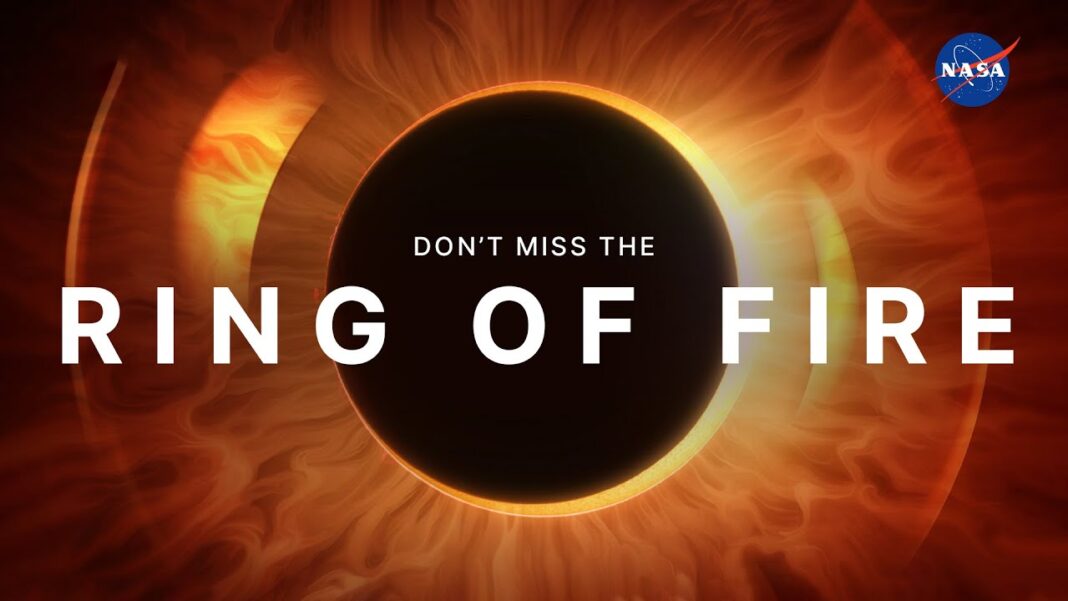Attempts to confirm God typically rely on arguments involving faith or logic. But in this essay, How Science Confirms God, the author dispenses with arguments and instead shows how God easily can be confirmed using the scientific method.
When we enter the world, we know very little. But over time we learn about the world using several very different methods. We learn from authorities, such as teachers and parents; and from intuition, imagination, and insight; and from reasoning and logic. But those methods have some obvious potential drawbacks: authorities sometimes can be wrong; intuition can be based on incomplete information; reasoning can be unsound. But we’re fortunate to have another more reliable method of learning: experience.
We learn about the world with confidence primarily through experience. (In fact, science, one of the great human achievements, relies on repeatable and verifiable experiences.) When we interact with the natural world, we learn what is possible and what is typical in various situations. This learning serves as the foundation for what we call common sense.
One thing we learn is that natural objects sometimes can work together to enable a function. For example, twigs and leaves can come together—either intentionally or naturally—to serve as a dam in a stream. This is a static system: the parts don’t move.
But what about a dynamic system that has interrelated parts that move in a consistent way to enable a function? For example, a boxlike structure can be supported on one end by a stick, thus serving as an animal trap. This type of reliable system obviously can come about intentionally. But can it come about naturally?
How science confirms God’s existence
We humans have had innumerable experiences with natural objects and processes for 200,000 years or longer. And those experiences can be viewed as part of a grand scientific study, conducted (unwittingly) by the entire human race.
You’ll recall from high school (you were paying attention, weren’t you?) that a scientific study has these parts:
- observations of a thing or event or process, which lead to:
- a hypothesis, a speculation about a part of the world, stated in such a way that it can be disconfirmed, which is followed by:
- tests of the hypothesis via observations, experiences, and/or manipulation of variables, after which comes:
- evaluation of the test results, which leads to:
- conclusions and inferences
The hypothesis in this study is that random events—accidents—can produce dynamic systems (with interrelated moving parts) that have reliable functions.
The countless tests of the hypothesis have come in the form of actual experiences with nature, not from trusting authorities, intuition, or reasoning. The results of these unbiased tests have been consistently negative: in all conditions, with all types of people, over all time, the hypothesis has been disconfirmed. In other words, nature has never constructed dynamic systems with reliable functions—no tools, no instruments, no machines.
As with any scientific study that yields remarkably consistent results, we are justified in generalizing. We can conclude that no dynamic systems come about by accident, but instead require purposeful actions guided by creative intelligence. In other words, they come about by design. This natural law is no less valid than other natural laws that have been derived from repeatable and verifiable experiences.
Dynamic systems that have no human creator include the atom, the Earth-Moon system, the inner ear, and the Earth’s water cycle, to name just a few. To ignore the scientific conclusion of our very long-term study of the world, and insist that these dynamic systems, and all others throughout the universe, have come about by accident, would be intellectually dishonest and counterproductive.
And yet, according to many we must unquestioningly believe that the entire universe assembled itself in just this way. Otherwise we are superstitious, or ignorant, or “anti-science.” Yet we know with confidence that even simple dynamic systems with reliable functions do not come about by accident. If they did, then the Earth would be littered with dynamic systems of all sizes and complexities. In light of the consistent results of the study that has gone on for 8000 or more generations, we must once and for all dismiss the accident theory. It is no longer tenable. It’s time to follow the science and embrace the design theory. We have clear scientific confirmation that creative intelligence is evident in every dynamic system with a reliable function. Experience makes it clear that purposeless nature, with its random and destructive actions, lacks the means for producing such systems. Nature simply cannot do what a creator does—no matter how much time passes or how many random events occur.
Conclusion
People of faith have never doubted the Creator’s existence. They all have known what a psalmist eloquently stated about 3000 years ago: “The heavens declare the glory of God, and the sky above proclaims his handiwork.”(1) But people of faith will no doubt welcome scientific confirmation of God, as it will bolster their understanding of the world.
Committed atheists have always denied the Creator’s existence, and instead have decided that Time and Chance are the true creators in a purposeless universe. They undoubtedly will not welcome the scientific confirmation of God. And they probably will continue to insist on the unjustifiable conclusion that all dynamic systems in nature have come about by accident. I have a feeling that such people simply are stuck with an inadequate image of God. Perhaps to them God is a mean-spirited despot, or an always-present policeman, or an impersonal CEO way up in the sky, or a capricious cosmic puppeteer. Such immature conceptions can make God seem unrealistic, and thereby make it hard to accept the scientific confirmation of God’s purposeful role in shaping nature’s dynamic systems.
Uncertain agnostics have always been hesitant to admit the Creator’s existence, perhaps because they are waiting for a convincing and undeniable proof. Many, I’m sure, sincerely want to have the best possible understanding of the world (without relying on authority, intuition, or reasoning), and are thus open minded. For them, the scientific confirmation of God should be welcome, eye opening, and perhaps life changing.
Summary
The world is full of systems—collections of interrelated parts that enable reliable functions. Static systems sometimes can be produced naturally from random actions. But dynamic systems, with precisely moving parts and reliable functions, cannot be produced from random actions. We know this from 2000 centuries of interactions with nature. The idea that accidents produce dynamic systems has been tested thoroughly by all types of people in all types of conditions. And the idea consistently has been disconfirmed. There is absolutely no evidence to support it.
We therefore justifiably can conclude that dynamic systems come into existence only because of creative intelligence. In other words, dynamic systems that appear to be designed are in fact designed—they have a creator. This generalization is no different from other generalizations about nature based on observations and experiences in a wide range of conditions.
(The actual mechanisms that have translated designs into reality aren’t important to the present discussion. They could involve evolution or not; they could work quickly or slowly; they could be continuous or intermittent. The arguments about the mechanisms can rage on, but they will be worthwhile only if they take into account the scientific confirmation of the Creator.)
If we reached this conclusion by relying on authority or intuition or reasoning, it might be suspect. But we reached it by actual experience throughout the entire span of human history. The design theory has been thoroughly and scientifically confirmed. The accident theory, however, has no scientific support, and has to be accepted purely on faith.
Oddly enough, acknowledging the scientific confirmation of the Creator does not depend on faith. One can understand God’s creative role without having a relationship with the Almighty (in other words, without living by faith). And many who let go of preconceptions and see the necessity of a Creator will probably never consider other aspects of God. But they will be limiting their own potential. As John Calvin observed, “without proceeding to his Providence we cannot understand the full force of what is meant by God being the Creator.”(2)
If we are intellectually honest, we must accept the scientifically derived conclusion that God—the ultimate creative intelligence—is behind the world’s dynamic systems. But the material world, in the minds of many, is only part of the picture. There is most likely much more to our purposeful universe than meets the eye . Consider these words of Harry Emerson Fosdick: “Say what you will about this universe…; emphasize its disharmonies, tragedies, cruelties…; nevertheless, with all the mystery, we do face here creative Power issuing in a law-abiding world which a physicist like [James H.] Jeans rightly says ‘seems to be nearer to a great thought than to a great machine,’ and which before our very eyes flowers out in personalities and spiritual values and social possibilities.”(3)
We’ve seen how science inarguably confirms the Creator’s role in producing nature’s dynamic systems. Now, perhaps, we should begin to think more broadly and expand our understanding of such systems to include those that are not so easily observable and understandable.
Notes
(1) Psalm 19:1, English Standard Version, accessed at biblegateway.com (2) Calvin, J. Institutes of the Christian Religion, Chapter 16, accessed at https://www.thirdmill.org/files/english/texts/calvin/1/book1.html (3) Fosdick, H. E. What is Vital in Religion. New York: Harper & Brothers, 1955, page 67.
Adapted from Scientific Confirmation of God by Robert Harris.
Robert Harris is a writer, inventor, and puzzle constructor. His books include 101 Things NOT to Do Before You Die, The Jesus Perspective, 6 Keys to Thinking Critically, and the Claude Monet, Private Eye mysteries and Move Ahead with Sudden Forgiveness. All are available at amazon.com. The author’s website is artspace5.com.
By Robert Harris





